
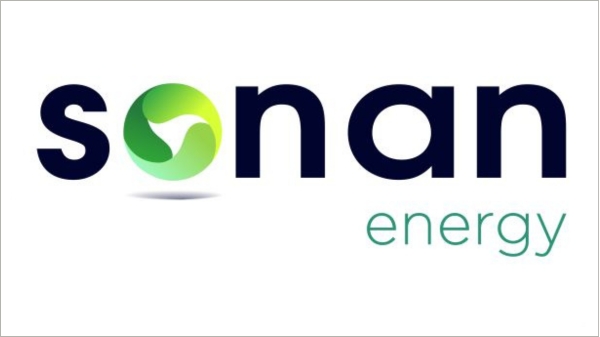
|
Sonan Energy Panama unveils new logo as part of sustainable energy transition
Bunker firm introduces redesigned brand identity reflecting shift towards cleaner energy solutions. |
|
|
|
||
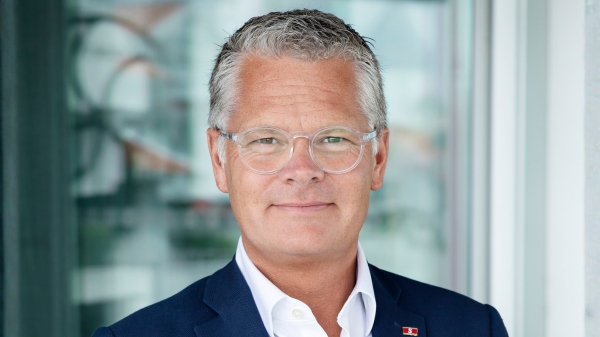
|
Stena Line to acquire Wasaline ferry operations in Baltic Sea expansion
Swedish ferry operator signs deal to take over Umeå–Vaasa route with bio-LNG-powered vessel. |
|
|
|
||
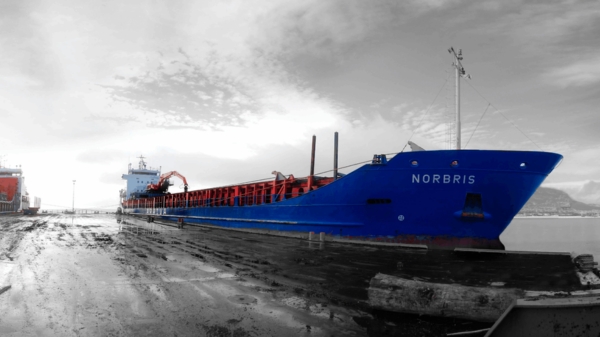
|
Berg Propulsion secures second Arriva retrofit after 10% fuel savings confirmed
Norwegian shipowner orders second propulsion upgrade following verified efficiency gains on general cargo vessel Norjarl. |
|
|
|
||
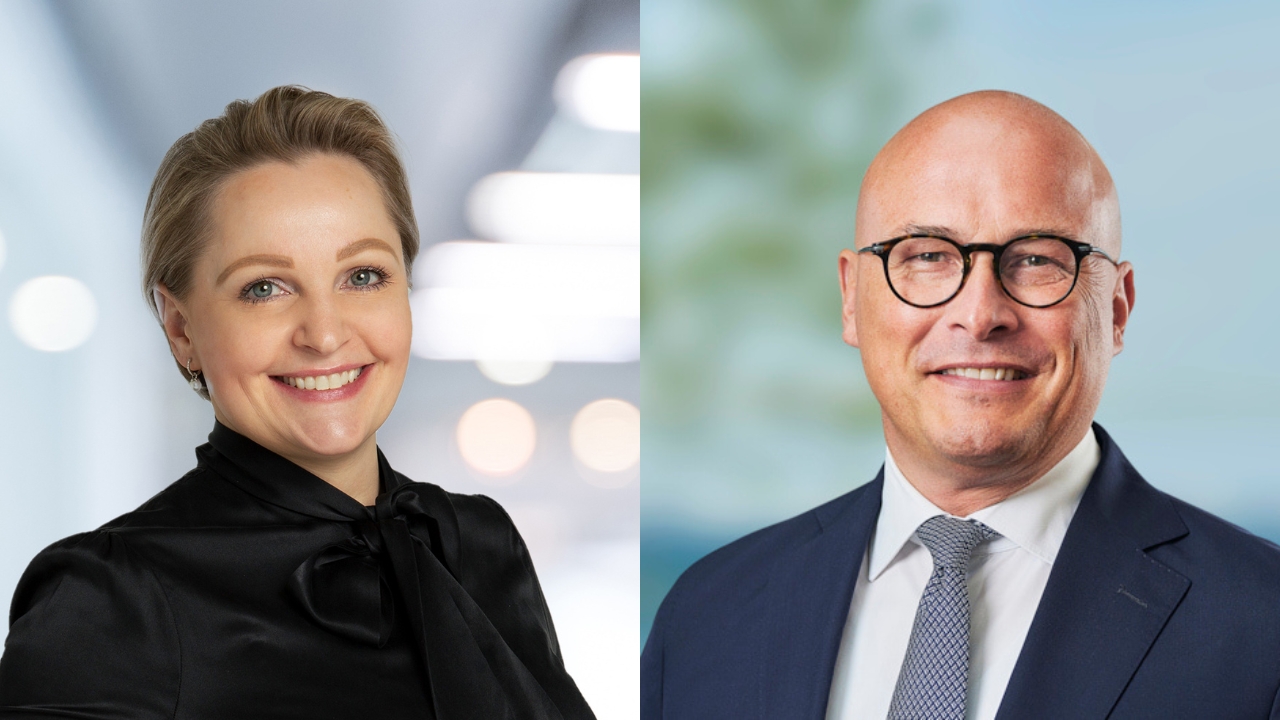
|
Bunker Holding to absorb Baseblue into KPI OceanConnect by April 2026
Integration follows earlier Hong Kong merger and aims to streamline operations and strengthen regional teams. |
|
|
|
||
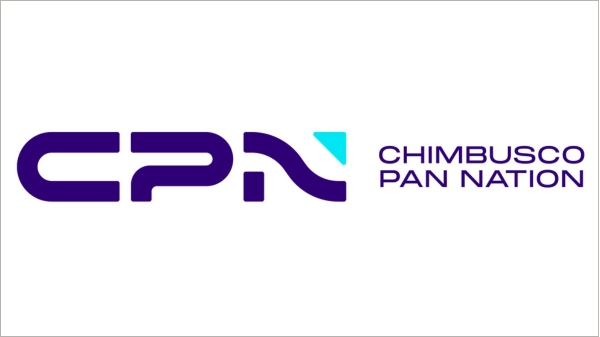
|
CPN unveils new brand identity after 34 years in marine fuel supply
Hong Kong bunker supplier launches rebrand centered on 'continuous evolution' and sustainable fuel solutions. |
|
|
|
||

|
Flex Commodities hires Aicha Azad as trader in Dubai
Bunker firm appoints multilingual trader with bunker trading and cargo operations experience. |
|
|
|
||

|
'Excess' fossil fuel profits should be taxed and given back to citizens, says T&E
Campaign group calls for sustained taxes on excess profits or end to subsidies that keep demand high. |
|
|
|
||
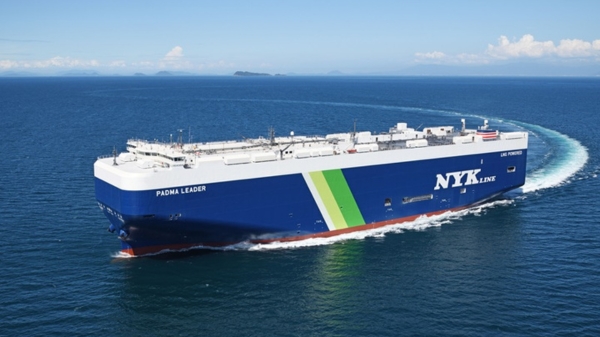
|
Imabari Shipbuilding delivers LNG-fuelled car carrier to NYK Line
Padma Leader expected to achieve up to 30% CO2 reduction through dual-fuel propulsion and exhaust gas recirculation. |
|
|
|
||
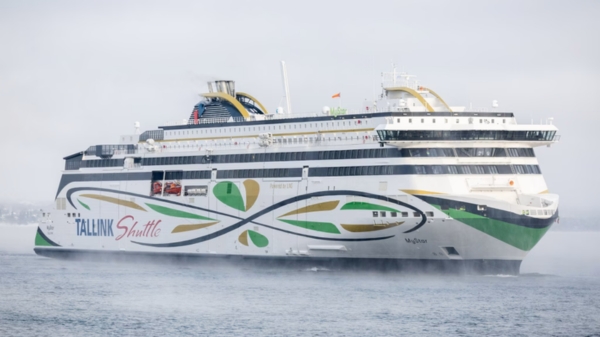
|
Tallink targets full bio-LNG transition for Baltic shuttle vessels within a year
Estonian ferry operator aims to replace all fossil LNG with renewable fuel on the Helsinki-Tallinn route. |
|
|
|
||
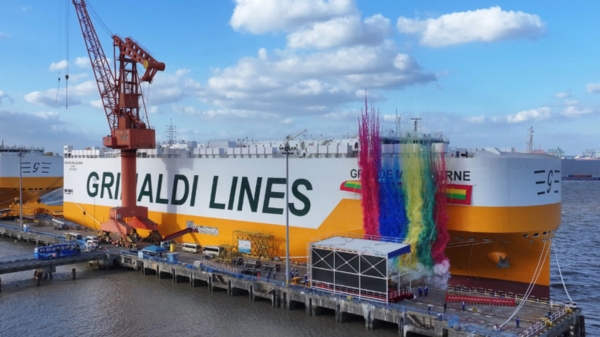
|
Grimaldi takes delivery of third ammonia-ready car carrier from Chinese shipyard
Grande Melbourne is the third of seven vessels ordered from Shanghai Waigaoqiao Shipbuilding for Asia-Europe service. |
|
|
|
||
| MET turbocharger approved for dual-fuel engines [News & Insights] |
| Hercules-2 project to focus on alternative fuels and fuel flexibility [News & Insights] |
| Wartsila launches Tier III-compliant engine [News & Insights] |
| Wartsila apologizes for 'deviations' in fuel consumption tests [News & Insights] |
| Wartsila fuel flexibility supporting Japan's 'gas age' shipping sector [News & Insights] |